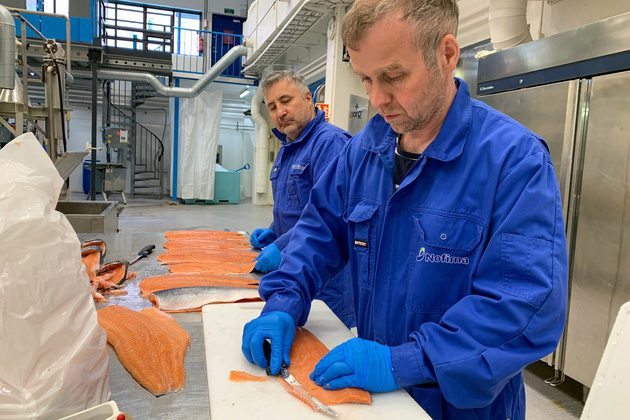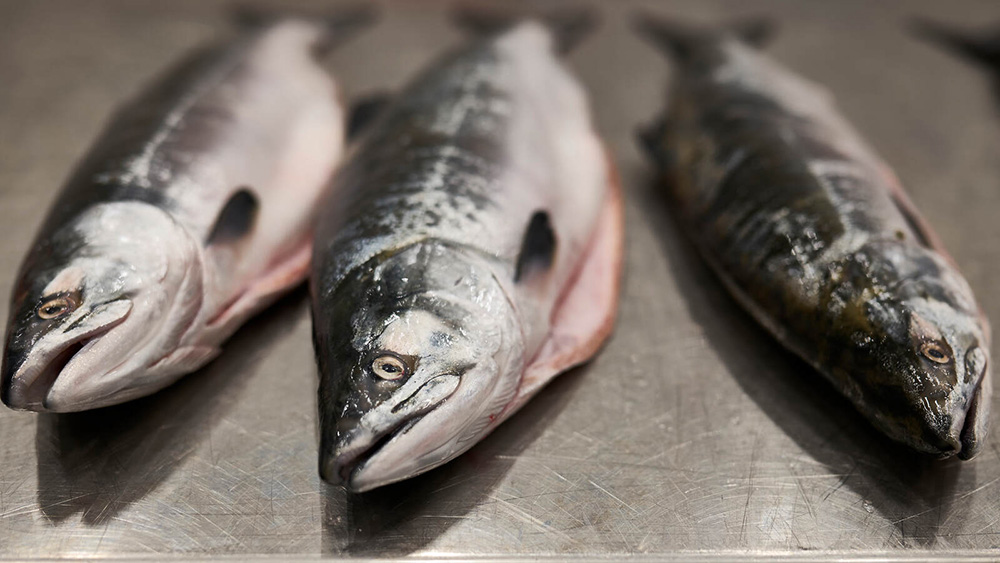Pink salmon: A tasty fish

Nofima has investigated the quality of the despised fish that is invading the Norwegian coast. Conclusion: pink salmon is definitely suitable for human consumption.
In the summer of 2021, huge numbers of pink salmon flowed into Norwegian rivers. Many fear that it will affect the wild Atlantic salmon population, and the authorities allocated funds to catch as many pink salmon as possible before they had a chance to spawn.
But not everyone saw this as a problem. Can pink salmon become a useful resource?

Investigating a new species
Nofima-scientists have investigated the food quality of pink salmon, and assessed characteristics such as odour, texture, fat content and colour.
Some fillets were used in storage trials, others were smoked. The scientists used their vast experience of other fish species and compared the results.
“Pink salmon is more like wild Atlantic salmon, Arctic charr and trout compared to farmed salmon, as it has less fat and is redder in colour. Smoked pink salmon is dry and firm, and has a nice red colour”, says scientist Torbjørn Tobiassen, adding:
“The quality of pink salmon also depends on gentle catch methods, rapid refrigeration and bleeding out after slaughter.
Senior Scientist Sten Siikavuopio emphasises the potential of utilising the roe of pink salmon, which is an internationally sought-after product.
“It is important to establish effective and selective fishing gear that doesn’t harm the pink salmon. This should be initiated in 2022 so that things are ready for 2023, when we next expect a large influx of pink salmon”, he says.
Could pink salmon be profitable?
Many fisheries come to a standstill during the summer months. Pink salmon fishing could create new activity.
The scientists are reminded of another invasive species that was considered a threat but is now managed as a resource and an important fishery in Finnmark – the red king crab.
“Pink salmon is an uncertain resource because we do not know how many will arrive along our shores from year to year. However, pink salmon are simply too good to ignore. If they continue to come, they can generate income for young people, fishermen and processing facilities”, says Tobiassen.
Topics
Business development
Projects

